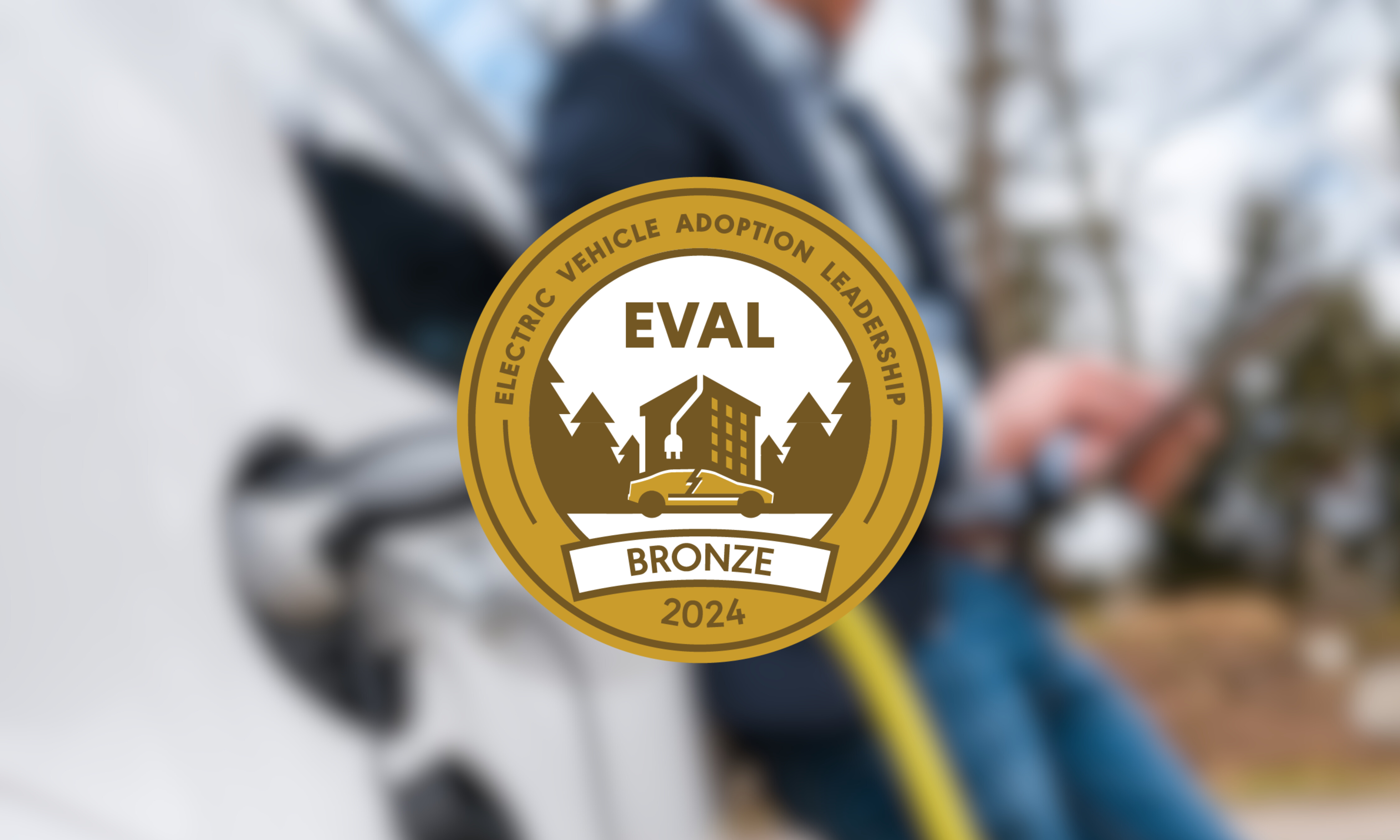New York Times Public Editor Margaret Sullivan has now weighed in on the famous John Broder Model S test drive with a “careless” verdict. A public editor review of any story is notable; for the Times to review the story speaks volumes about this moment for electrification. The carelessness in Broder’s story was confirmed by multiple test drives along the same stretch that yielded a better result.
Based on input from many of our S owners, we had questioned Broder’s claims, too – particularly ones about the interior cabin temperature and his driving speed that were contradicted by the data logs – and had called the drive fake. We take that back and accept that Mr. Broder was simply careless.
That the initial story and accompanying picture of the car on the flatbed could make its way into the Times speaks to how deeply it resonated with the preconceived notions of the editorial staff that passed it along to publication. While this may in retrospect serve as a coming out moment for electrification, EV advocates must recognize that popularity creates a paradox – as the cars become ever more popular, the background expertise that first-time drivers bring to the cars will likely continue moving lower and lower. With that, we offer these lessons learned:
- Car manufacturers must do a better job of systematically preparing reporters for taking cars on test drives. If you are too busy to staff the journalist in question, you are too busy to be lending out cars. Period. The industry should develop a systematic approach for making fleets of vehicles available to leading outlets, with support teams ready to answer questions, on an ongoing basis.
- Owners again demonstrated their capacity to influence the conversation on plug-ins by leveraging their first person experience. As drivers, we must remember our manners even when the reporting is poor. We are trying to popularize an experience we already know is extraordinary – let’s not accidentally scare off potential new drivers by not always remembering them as we write/respond to information.
- It appears that the ‘S can leak charge – and range – if left untended for stretches when it is extremely cold. While the plug is an obvious answer, our technical folks hope Tesla examines that issue closely and reports on a resolution.
- Plug In America struggled internally with how to address the dual dynamics with this story. We don’t need to make false claims about the cars to underscore that they are better than older, traditional alternatives. Still, long distance driving is not the sweet spot for plug-ins given recharge time and infrastructure needs. Yet this story clobbered the facts, so we – and others – spoke up. That said, we recognize the valid point from many in our midst that we don’t need long-distance test drives to demonstrate the benefits of plug-ins.
- A repeat of the drive on Tuesday by CNBC appeared to boost Tesla’s stock real-time as the positive progress was shown on air.
Times are changing. Let’s take these lessons learned to make certain they keep changing for the better.

